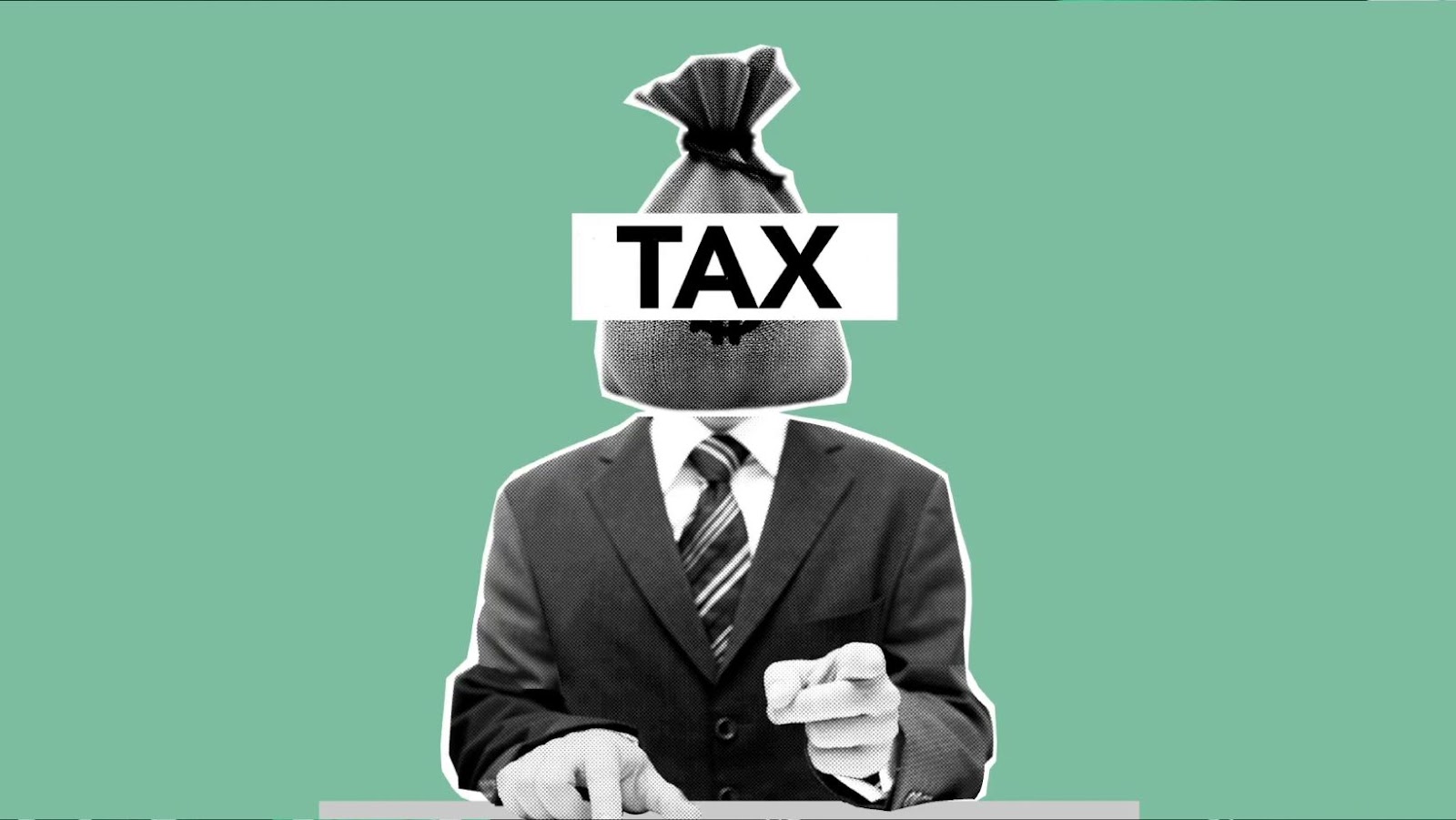Small business owners often grapple with comprehending their tax responsibilities. In the United States, different factors like business structure, profits, and deductions influence the taxes that small businesses pay. Knowing the percentage of revenue allocated to taxes is vital for effective budgeting and financial planning strategies. By understanding the tax implications, small business owners can optimize their financial decisions.
When it comes to federal taxes, small businesses are subject to various taxes, including income tax, self-employment tax, and employment taxes like Social Security and Medicare. Understanding these federal tax obligations is essential for accurate financial planning. Small businesses must calculate their taxable income by deducting eligible expenses from their revenue to determine the tax owed to the federal government.
In addition to federal taxes, small businesses are also liable for state and local taxes. These taxes vary depending on the location of the business and can include sales tax, property tax, and state income tax. Small business owners need to be aware of the specific tax requirements in their state and local jurisdiction to ensure compliance with the law. Understanding these tax obligations helps small businesses avoid penalties and maintain financial stability.
Starting with the right business structure is crucial as it impacts a small business’s tax obligations. Different business entities have varying tax implications, with sole proprietorships, partnerships, S corporations, and C corporations each facing distinct tax rules and rates. Small businesses can benefit from various deductions and credits to minimize their tax burden. Deductions like operating expenses, salaries, and supplies can significantly reduce taxable income. Additionally, credits such as the Small Business Health Care Tax Credit or the Research and Development Tax Credit offer direct reductions in tax liability.
 Average Tax Rates for Small Businesses
Average Tax Rates for Small Businesses
Small businesses in the United States face varying average tax rates based on their industry and business structure. Understanding these rates is crucial for effective financial planning and budgeting.
Different industries have specific tax considerations that can impact the average tax rates for small businesses. For example, service-based businesses may have different deductions available compared to manufacturing businesses. It’s essential for small business owners to be aware of these industry-specific tax nuances to optimize their tax efficiency.
The choice of business structure significantly influences the average tax rates for small businesses. Sole proprietorships, partnerships, and corporations each have distinct tax implications. Sole proprietors report business income on their personal tax returns, while partnerships pass profits through to individual partners. Corporations face corporate income tax rates. Understanding the tax differences among these business structures is vital for small business owners to choose the most tax-efficient option.
 Tips to Manage and Reduce Small Business Taxes
Tips to Manage and Reduce Small Business Taxes
What Percentage Does a Small Business Pay in Taxes? Effective tax planning can significantly impact a small business’s bottom line. By implementing the right strategies, businesses can reduce their tax burden and maximize their profits. Below are some tips to help small business owners manage and minimize their tax obligations.
Efficient Tax Planning Strategies
- Keep Detailed Records: Maintaining accurate financial records is crucial for identifying potential deductions and credits. Organized documentation can also streamline the tax filing process, reducing the risk of errors and potentially lowering tax liabilities.
- Maximize Deductions: Small businesses can take advantage of various deductions to lower their taxable income. Expenses such as office supplies, business travel, marketing costs, and healthcare premiums are often deductible, so it’s essential to keep track of all eligible expenses.
- Consider Tax Credits: Explore available tax credits that can directly reduce the amount of tax owed. Credits like the Small Employer Health Insurance Credit or Research and Development Credit can provide significant savings for eligible businesses.
Understanding What Percentage Does a Small Business Pay in Taxes is crucial for small business owners to effectively manage their finances. By considering factors like business structure, profits, and deductions, businesses can optimize their tax strategies. It is essential to stay informed about federal, state, and local tax obligations to avoid any surprises. Implementing tax-saving strategies such as maximizing deductions, considering tax credits, and consulting with professionals can help reduce the tax burden and increase profitability.